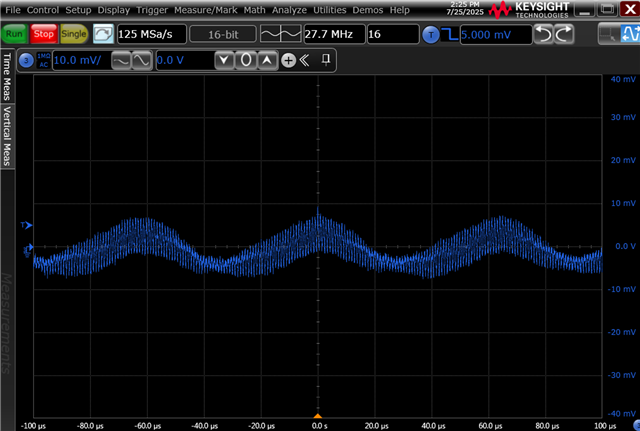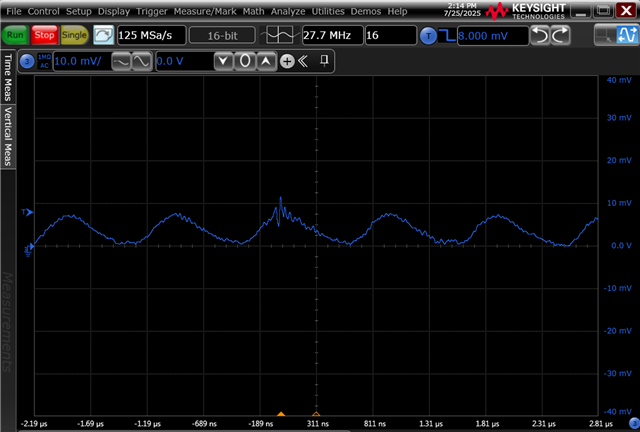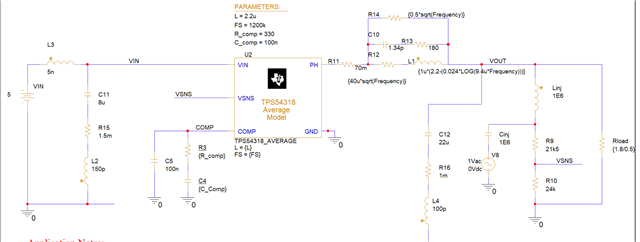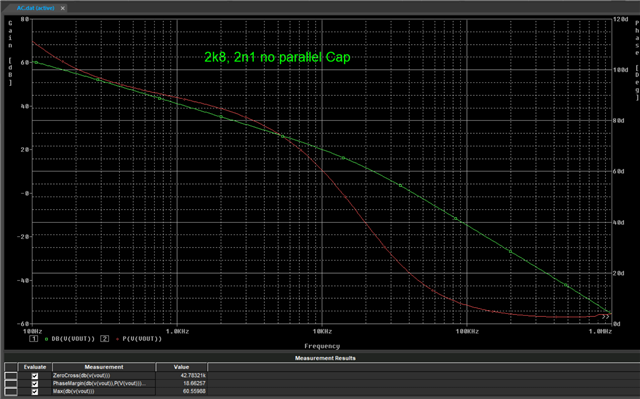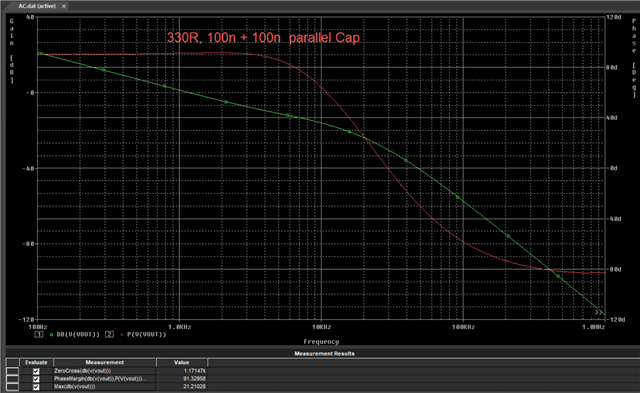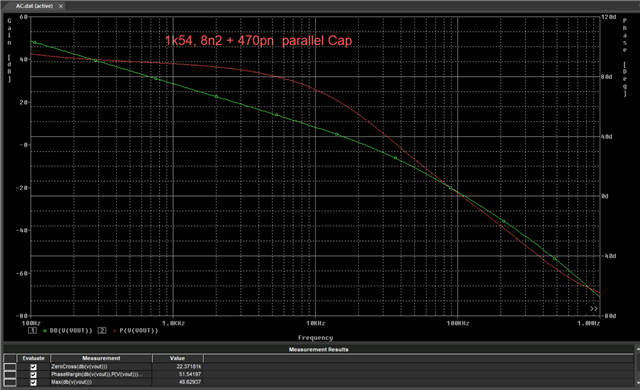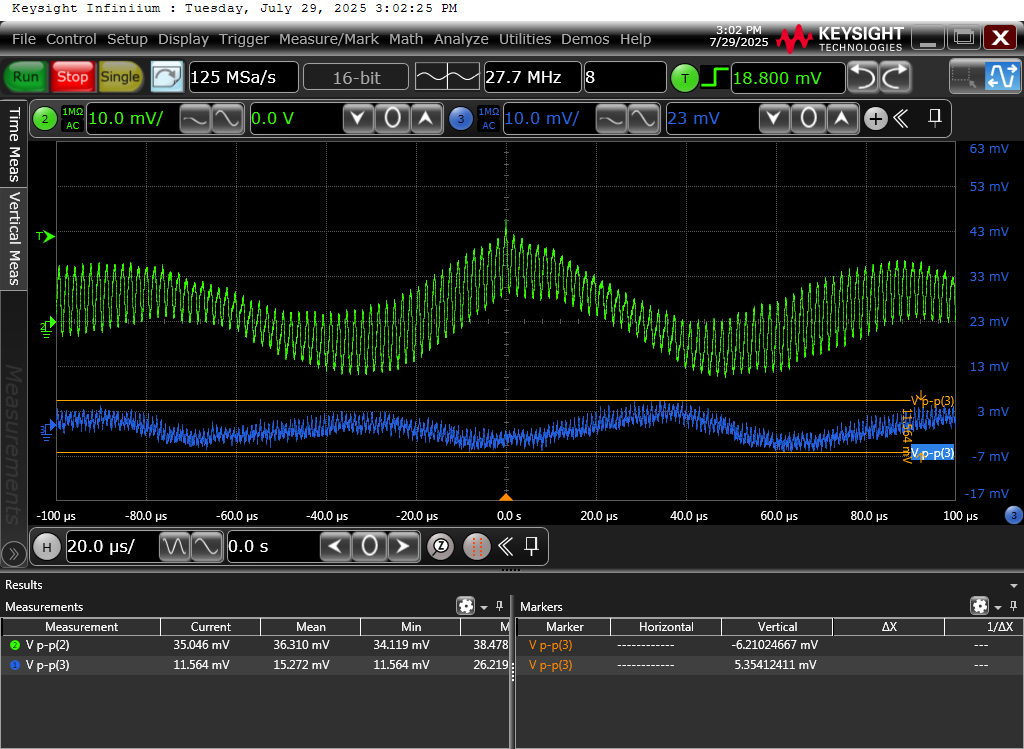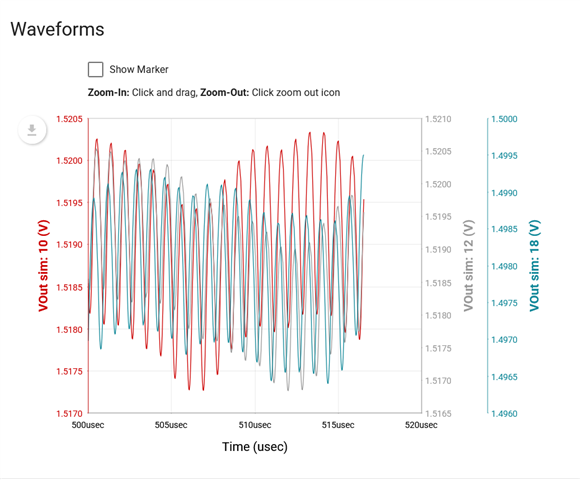Other Parts Discussed in Thread: TPS628503, TPS628303, TPS628513
Tool/software:
Dear TI Forum,
I've measured the output voltage ripple of the TPS54318. Besides the switching noise of around 8mV_pp there is a beat frequency of around 12 kHz which increases the overall output voltage deviation to 16mV_pp.
Is this due to the internal voltage regulation?
Thank you.
Kind regards
Moritz
